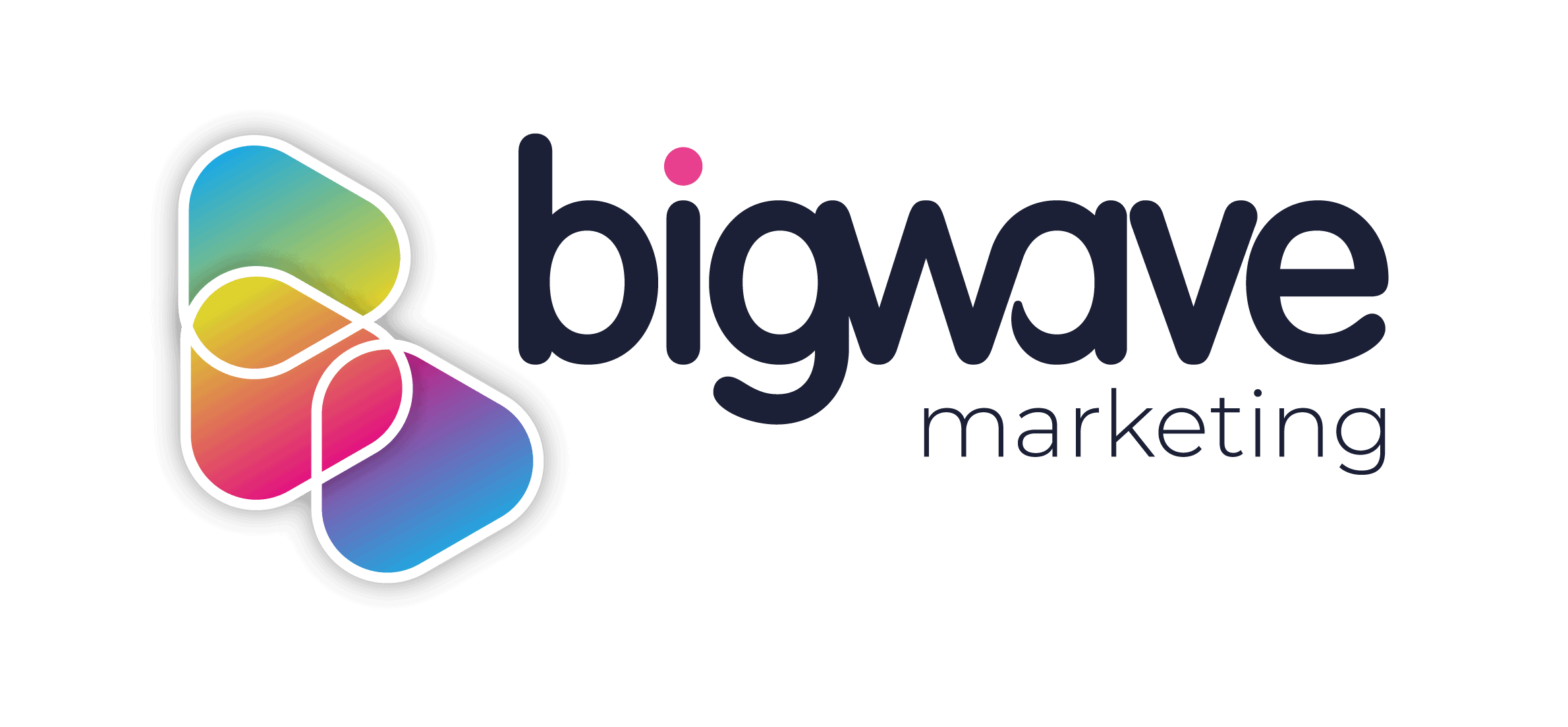The marketing industry has experienced significant development throughout the years. From the emergence of new media and mass communication to the introduction of the Printing Press centuries ago, advertising and marketing have come so far.
In this blog, we will be exploring the evolution of traditional marketing and how it had led us to how we use marketing in the current digital age.
Where it all began…
Most notably, one of the first introductions to marketing started in the 1400s when the Printing Press, a machine that enabled text and imagery to be transferred onto paper with ink, was introduced. This marketing method changed the way communicating worked on a large scale as it provided businesses with a cost-effective way to target and reach potential customers, such as through newspapers and flyers. Consequently, this introduced the consumer-focused culture we are familiar with today.
In the 1450s, the first recorded print advertisement was made. Ever since, the use of print advertising has skyrocketed, evolving into the creation of more sophisticated advertisements. The first magazine advert was created in 1742 in Benjamin Franklin’s General Magazine, which then led to the evolution of direct mail advertising in 1862. After this, radio advertising didn’t take long to surface in the marketing world, which subsequently overtook print spending. Before long, television advertisements were then introduced in 1942, which gave many brands the opportunity to reach consumers over a growing medium.
The emergence of the Internet and digital marketing
The 1990s was the ground-breaking decade where the digital world of technology took place, as this was where the term ‘digital marketing’ was first introduced, as well as the development of the Web 1.0 platform. This platform allowed people to find information without sharing it across the web, popular due to the uncertainty that had spread of people being unsure whether their strategies would work (as the Internet had not yet become a widespread platform).
The first clickable banner was introduced in 1993, which was later purchased by HotWired for their own advertising. Essentially, this was what marked the beginning of the transition from traditional marketing methods to digital marketing methods. This shift encouraged new technologies to evolve in the digital space, as 1994 was the year that Yahoo was launched, followed by Google in 1998.
How marketing performance has been measured throughout the years
Due to the saturation of advertisements in the marketing landscape, it was clear that marketers were going to have to change something to improve consumers’ attention to brands. In turn, marketing strategies were developed, like the first modern marketing measurement concept named the “Marketing Mix”. This was first introduced in 1952, although it only became popular in 1964. The strategy focused on the main concepts that are needed to understand what a service or product provides consumers with, helping marketers associate these concepts to market their brand successfully.
This marketing mix strategy first iterated the “Marketing Mix Four Ps”, which translate to Product, Promotion, Place, and Price. This theory was expanded upon, which then led to the first modern marketing measurement strategy which was named the “Marketing Mix Modelling” (MMM). When this was introduced, the marketing mix that was used to engage the audience became limited to print, broadcast, and out-of-home advertising. This is how marketers made it possible to collect long-term data which could define the relationship between the marketing mixes and how they impact sales.
Since gaining the technology to allow for mass communication, marketing efforts have highly evolved from simple messages to a more defined process that enables us as marketers to target and understand our audience. Digital technology has revolutionized the way consumers and brands interact with one another. Marketing measurements have played a vital role in encouraging media channels to expand. With the correct marketing insights and optimization, now marketers can gain insights into even finer details, such as consumer behaviour and day-to-day life, and it will only get better and better.
To find out more information about our digital marketing services, you can contact us here today.

